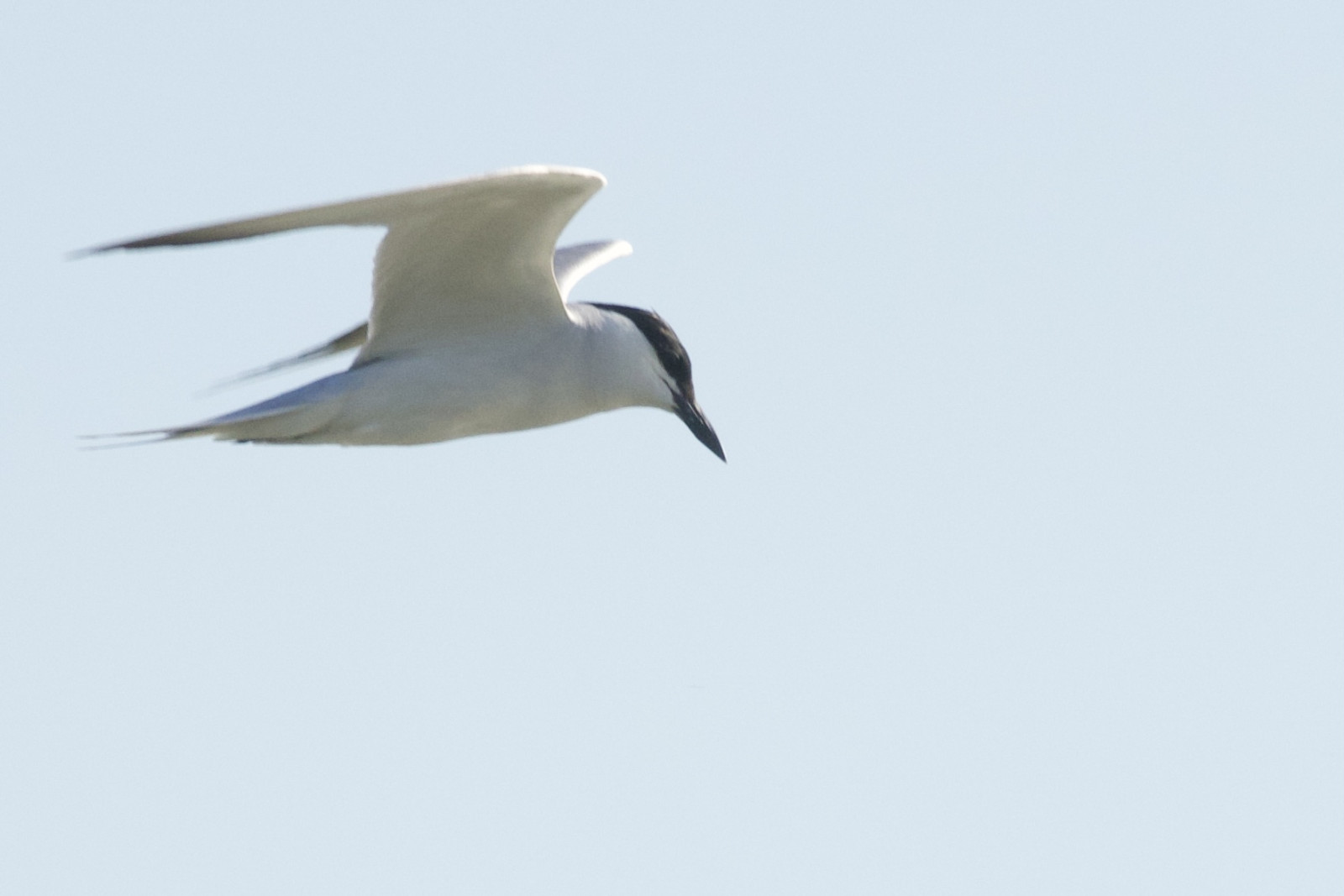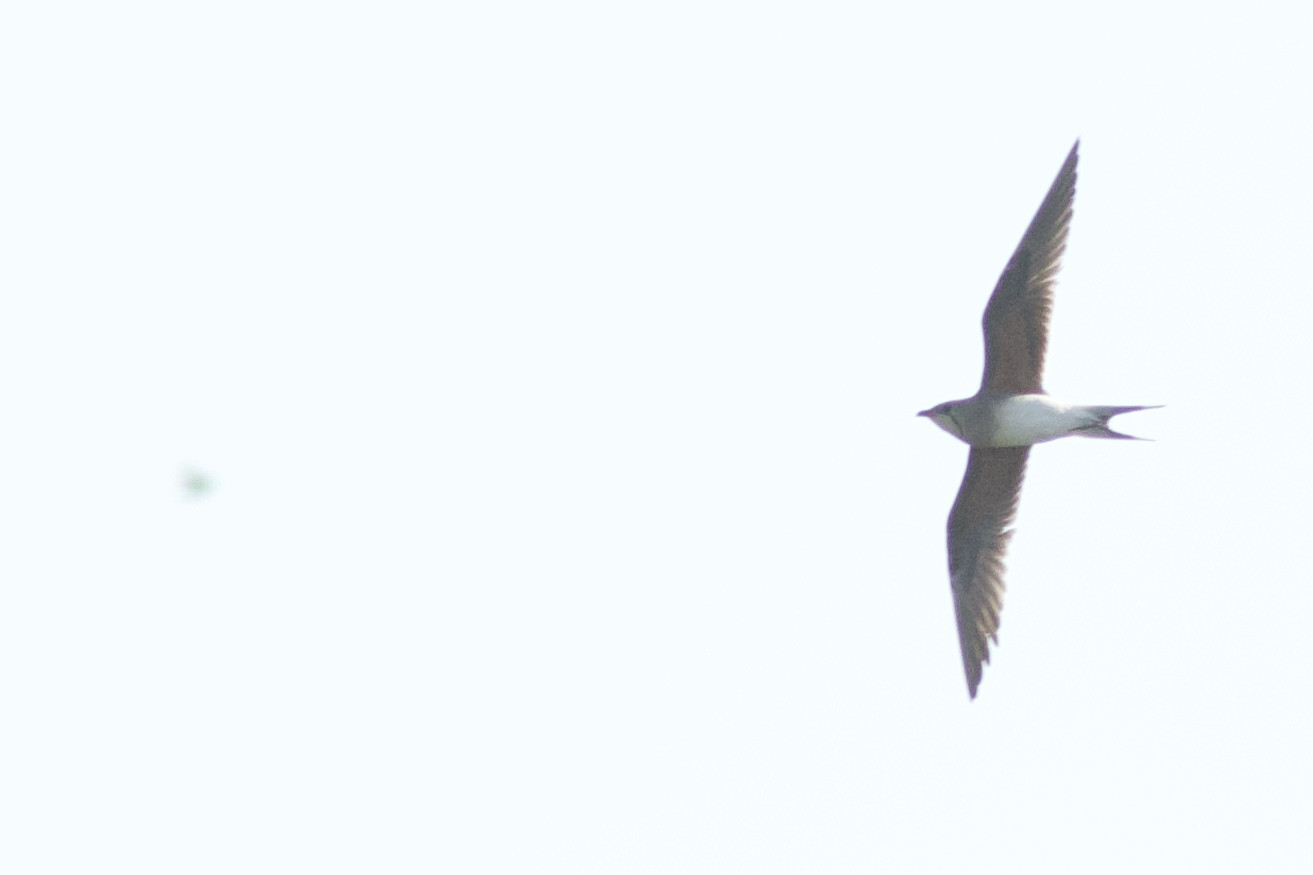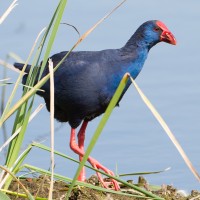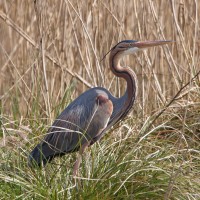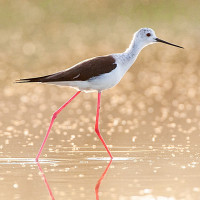Description
The Verdier marshes cover four ancient fishing basins of 120 hectares. The area has many different habitats: reedbeds, freshwater and salt marshes, lagoons and Tamarix groves. It’s a haven for waterbirds. An observation platform and hide provide convenient viewing points.
All year round you can see: (Κοινός) Λευκοτσικνιάς, Αργυροτσικνιάς, Σταχτοτσικνιάς, Πρασινοκέφαλη Πάπια, Ασημόγλαρος της Μεσογείου, (Κοινή) Φαλαρίδα, (Ευρωπαϊκός) Κορμοράνος, Γελαδάρης, Ψαθοποταμίδα, (Ευρασιατικός) Ήταυρος, Καστανοκέφαλος Γλάρος. In winter: (Ευρωπαϊκός) Γερανός, Λευκός Πελαργός, (Βουβός) Κύκνος, Βαρβάρα, (Ευρασιατική) Χουλιαρόπαπια, (Ευρωπαϊκό) Κιρκίρι, Καλαμόκιρκος. In summer: (Κοινό) Νεροχελίδονο, Τσιχλοποταμίδα, (Ευρωπαϊκή) Πετροτουρλίδα, Πορφυροτσικνιάς, Μουστακογλάρονο, Γελογλάρονο, Σουλτανοπουλάδα. During migration: (Ευρασιατική) Χουλιαρομύτα, Καλαμοκανάς, Μουστακαλής, Μικροπουλάδα, (Κοινό) Μπεκατσίνι, (Ευρωπαϊκός) Μικροτσικνιάς, Πρασινοσκέλης, Λασπότρυγγας, Δασότρυγγας, (Ευρασιατική) Τουρλίδα, (Ευρωπαϊκό) Φοινικόπτερο, (Ευρασιατική) Χαλκόκοτα, (Ευρασιατικό) Φερεντίνι and (Ευρωπαϊκή) Καλημάνα. For more birds you can observe here, see the extended list below.
_________________________
Français: Les Marais du Verdier couvrent 4 anciens bassins piscicoles de 120 hectares. La zone présente de nombreux habitats différents : roselières, marais d'eau douce et salée, sansouïre et une végétation dense de roseaux et de tamaris accueille de multiples oiseaux d'eau. Une plate-forme d'observation et un abri offrent des points de vue intéressants.
Toute l'année, vous pouvez observer : Aigrette garzette, Butor étoilé, Grande aigrette, Héron cendré, Canard colvert, Goéland leucophé, Foulque macroule, Grand cormoran, Héron garde-bœuf, Lusciniole à moustaches, Mouette rieuse. En hiver : Grue cendrée, Cigogne blanche, Cygne tuberculé, Tadorne de Belon, Canard souchet, Sarcelle d’hiver, Busard des roseaux. En été : Héron pourpré, Glaréole à collier, Guifette moustac, Rousserolle turdoïde, Oedicnème criard, Sterne hansel, Talève sultane. En période migratoire : Bécassine des marais, Blongios nain, Chevalier aboyeur, Chevalier sylvain, Chevalier culblanc, Courlis cendré, Échasse blanche, Flamant rose, Ibis falcinelle, Nette rousse, Panure à moustaches, Spatule blanche, Vanneau huppé.
Details
Access
The Marais du Verdier is located in Camargue between Arles and Salin de Giraud, near the hamlet of Sambuc. The free access site covers 120 hectares. The area is open to walking or cycling. Access is directly from the village square and along the stadium from the right. A footbridge marks the entrance to the site. You can also go to "Cabanon" along RD 36, where there is a parking lot with place for a dozen vehicles. Click on P on the map to see the route.
Two observatories are located on the site: one on the south dike of the western marsh for bird watching; the other is a platform near the "Cabanon", it overlooks the pond of Pesquier, the rice fields and the neighboring marshes. There are 3 marked trails of 1.6, 2.5 or 4.4 km. If you walk all the trails (see map) you will cover about 6 km in total.
_________________________
Français: Le Marais du Verdier est situé en Camargue, entre Arles et Salin de Giraud, à proximité du hameau du Sambuc. Le site s'étend sur 120 hectares, son accès est libre. La zone est ouverte à la promenade à pied ou à vélo. L'accès se fait directement depuis la place du village et en longeant le stade par la droite. Une passerelle marque l'entrée du site. On peut également se rendre au "Cabanon" le long de la RD 36, où se trouve un parking pouvant accueillir une douzaine de véhicules. Cliquez sur P sur la carte pour voir l'itinéraire.
Deux observatoires sont situés sur le site : l'un sur la digue sud du marais ouest pour l'observation des oiseaux ; l'autre est une plate-forme près du "Cabanon", il donne sur l’étang du Pesquier, les rizières et les marais voisins. Il existe 3 sentiers balisés de 1,6 - 2,5 ou 4,4 km. Si vous empruntez tous les sentiers (voir la carte), vous parcourez environ 6 km au total.

